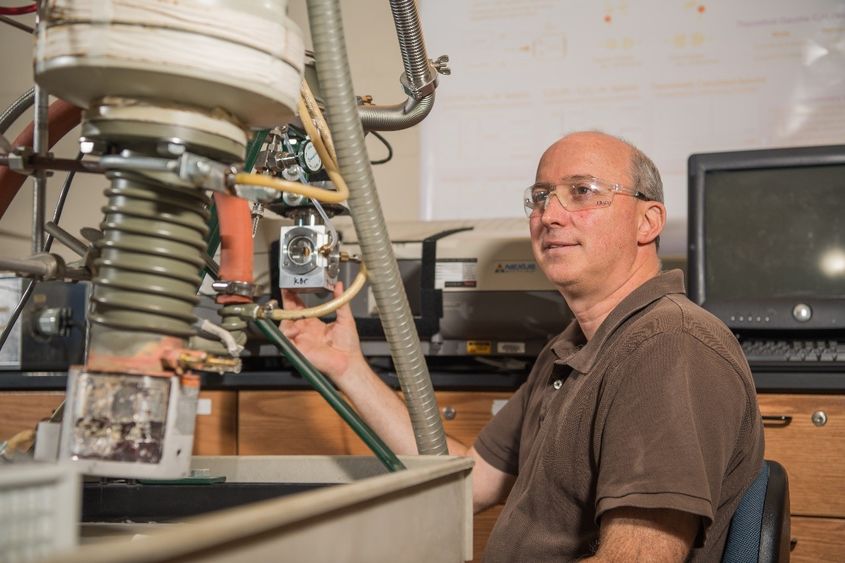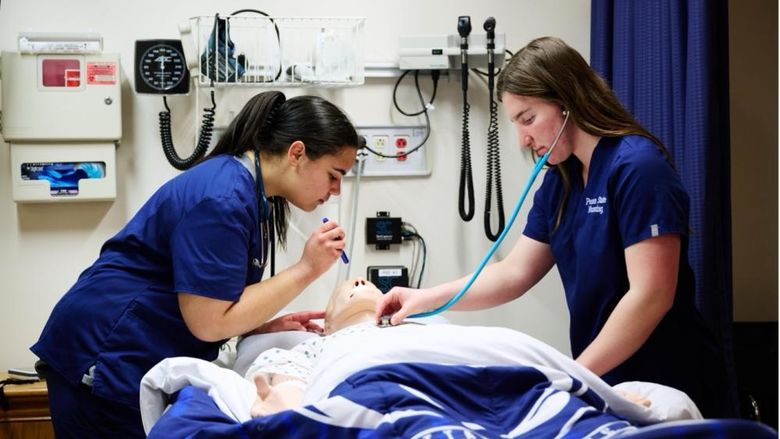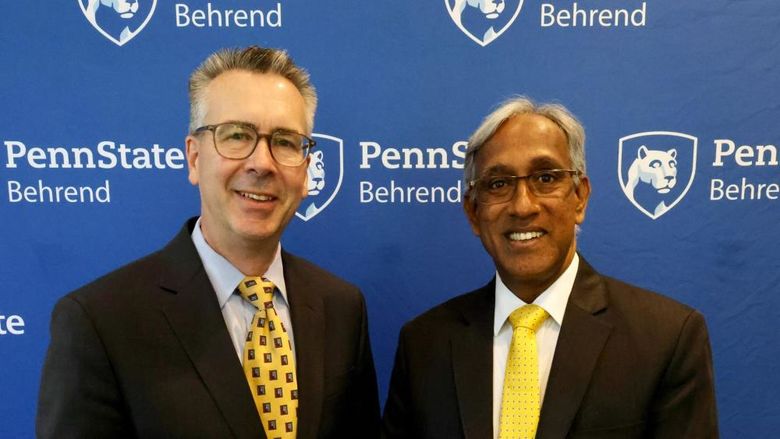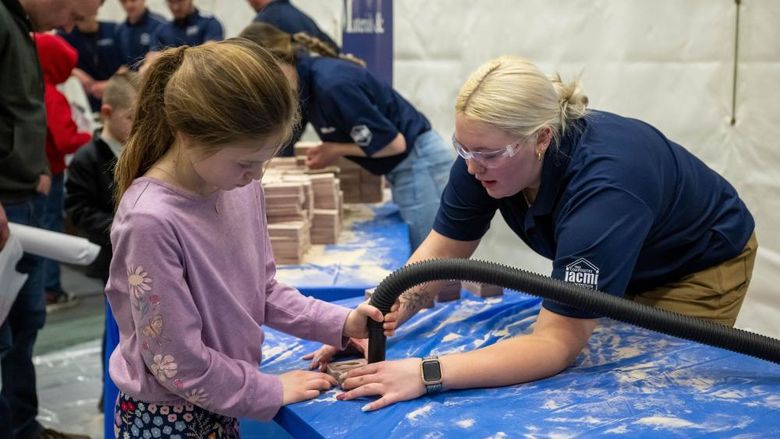
Jay Amicangelo, a professor of chemistry at Penn State Behrend, adopted several new teaching techniques when Penn State moved to a remote-learning environment. He plans to continue using the new tools when face-to-face classes resume at the college.
ERIE, Pa. — In large, complex organizations, change can sometimes take a lot of time, planning and paperwork. But things could not have moved more quickly than they did the week of March 9, when Penn State made the decision to transition to remote teaching and learning to help prevent the spread of the novel coronavirus on University campuses.
Faculty members had a little more than one week to transition their classes to a fully online format and get up to speed on the digital tools they and their students would need to meet virtually. It was understandably challenging and stressful. For some, being required to learn new ways to teach was eye-opening, and led to revelations that they said would enhance course delivery when students return to campus in the future.
Jay Amicangelo, a professor of chemistry at Penn State Behrend, has been teaching in a traditional face-to-face manner since he started at the college in 2002. He was not fully aware of all the features available in Canvas, the online course management platform utilized by Penn State, until he had to move his classes to the new remote format.
“One part that I actually like is the idea of pre-recording my lectures ahead of time and then using class time to go over assigned problems, answer questions, and so forth,” he said.
It’s a new tool he said he plans to use when he returns to the classroom this fall to teach Physical Chemistry Thermodynamics, an upper-level course.
“I have always used the chalkboard to present material for the class because it is a highly mathematical class,” Amicangelo said. “I would often feel rushed in a given class to get to a certain point in my lecture notes, but now I’m thinking if I record my lectures over the summer using a camera in one of the classrooms, I can have students watch the lecture in advance, and then use the face-to-face class session to emphasize important points of the material, go over assigned problems, and field questions.”
Amicangelo said this approach to teaching, called a “flipped” classroom, is a concept he had heard about but had never had the motivation to try himself.
“So, in a weird way, the current crisis opened my eyes to this possibility,” he said. “And now that I’ve explored it, I like it, and plan to use it in the future. I think students will really benefit from the extra opportunity to understand and explore the material in class rather than just listening to me lecture.”
Heather Cass
Publications and design coordinator
Penn State Erie, The Behrend College





